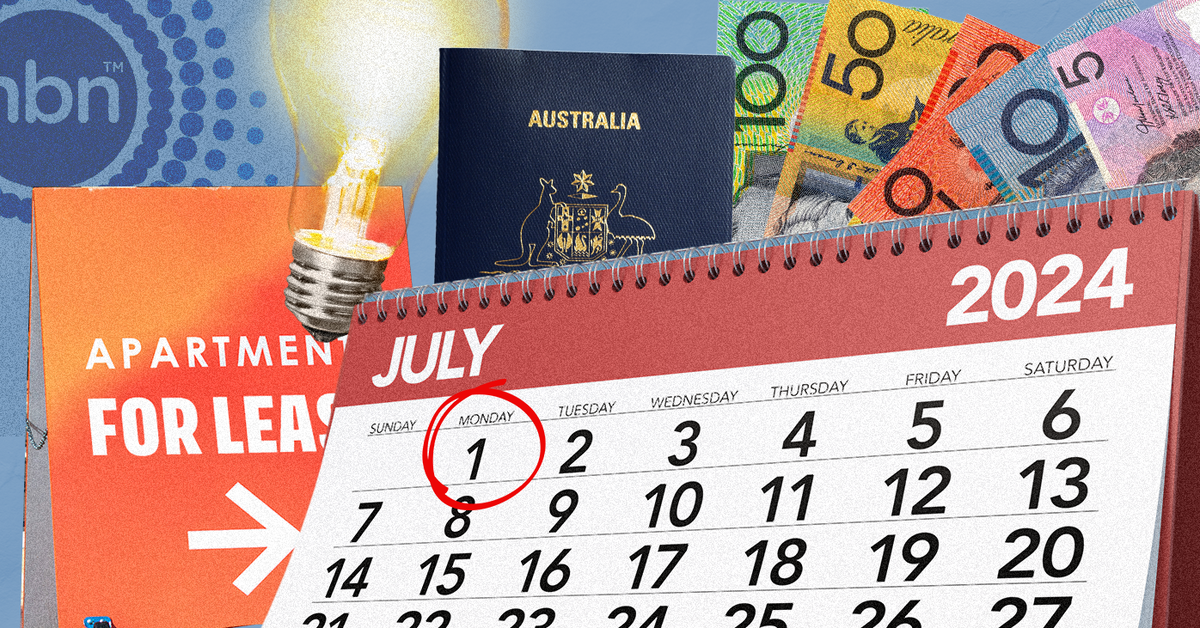Next Monday, July 1 doesn’t just mean tax time – there’s a raft of prices, policies and payments that change with the new financial year that will have a considerable impact on your hip pocket.
Some, such as welfare indexation, happen every year, or sometimes even more frequently, while others, like stage 3 tax cuts and energy bill relief, are major one-off changes.
Here’s a run-down of what’s changing this coming Monday, and what impact each of the measures will have on you.
Rather than a big lump-sum payment like some other tax relief, the tax cuts will mean you get to take home more of your salary every payday because less of it will be lost to the tax office, effectively giving you a pay rise.
For someone working a full-time week of 38 hours, that’s an extra $33 per week.
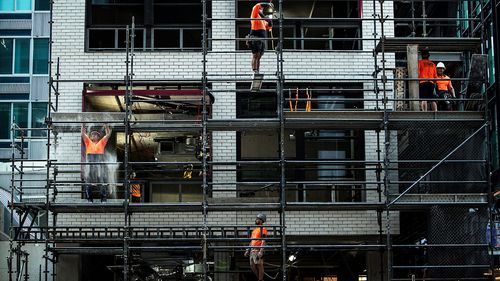
Extra paid parental leave
That figure will increase by another two weeks in both 2025 and 2026.
The superannuation guarantee will increase on July 1 from 11 to 11.5 per cent, putting more money into the super accounts of full-time, part-time and casual workers.
The guarantee is the minimum amount of an employee’s base earnings an employer has to pay as super. Like paid parental leave, it will increase again on July 1, 2025.
This will be in the form of four $75 rebates – one each quarter – that will automatically be applied to your bills.
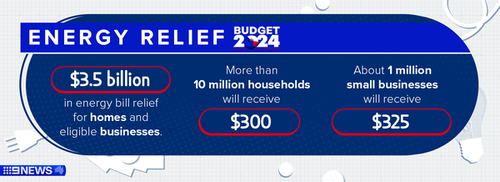
(Mostly) cheaper energy bills
While we’re on the topic of energy bills, a huge chunk of Australia’s population will pay less for their power from July 1.
The reason is new default market offers (DMO) coming into effect for New South Wales, Victoria, South Australia, and South-East Queensland.
For the most part, those DMOs, off which energy prices are referenced, are falling thanks to lower wholesale prices.
For households in NSW, they’ll drop by between 0.2 and 5.9 per cent, depending on where exactly in the state someone is and whether they’re using controlled load, for Victoria it’s between 3.3 and 7.3 per cent, and South Australia 1 and 2.2 per cent.

That will lead to a saving of up to $170 a year, or $289 in real terms (that is, once inflation is taken into account) for households with average energy usage, and that’s even before the government rebates come into play.
The DMO for South-East Queensland ratepayers isn’t as good – it’s rising by 2.2 per cent for those using controlled load and 4.9 per cent for those who aren’t.
That equates to $51 and $97 hip-pocket hits respectively, although energy rebates will mean the total cost of power will still be lower next year.
This year’s increase comes on the back of a 15 per cent rise last year – the first back-to-back boosts in more than 30 years.
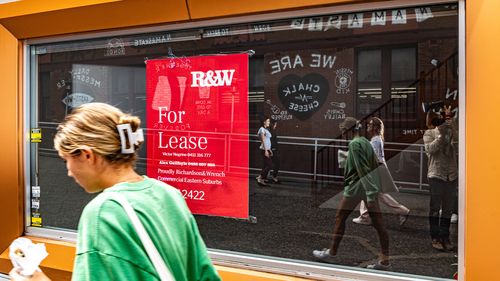
Welfare payments increase
More than two million Australians will benefit when a raft of welfare payments, including family payments and pensions, will increase through the next instalment of quarterly indexation.
All of the changes so far have been welcome news, offering some relief during the cost-of-living crisis. The next couple are less so.
First up, internet: it’s getting more expensive. Thanks to wholesale NBN price increases of between $2.22 and $2.52 a month, many households will have to pay more for their existing plans – although some are getting cheaper.
The exact out-of-pocket costs vary depending on your provider and what plan you’re on. Telstra, for example, is increasing its 25 mbps plan by $4 a month and its 50 mbps plan by $5.
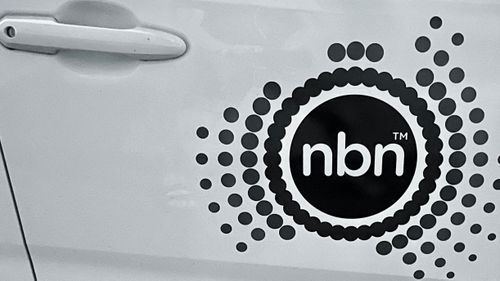
Its 1000 mbps plan is staying flat, while its 250 and 1000 mbps packages are dropping by $5 and $20 a month respectively.
If you’re with Optus, the picture is fairly similar: 25 and 50 mbps plans are going up by $5 and $4 respectively, while the price of a 1000 mbps connection has fallen by $20.
Next up, the cost of going overseas is going to rise thanks to an increase in passport fees. A 10-year adult passport will soon set you back $398, up from the current $346.
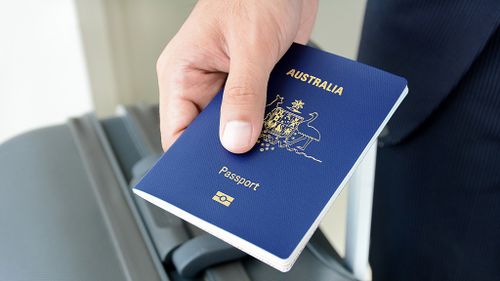
The ban has been introduced because engineered stone is full of crystalline silica which, when cut, ground, polished or drilled, produces dust that causes deadly illnesses like silicosis and lung cancer.
How the ban will be introduced varies between states and territories. In some, including Queensland and Victoria, a blanket ban prohibiting all work with engineered stone will apply immediately from July 1.
Other jurisdictions like NSW and South Australia will have a transitional period until the end of the year, allowing existing contracts to be completed in the next six months.
Stronger regulations against all crystalline silica products will come into effect on September 1.
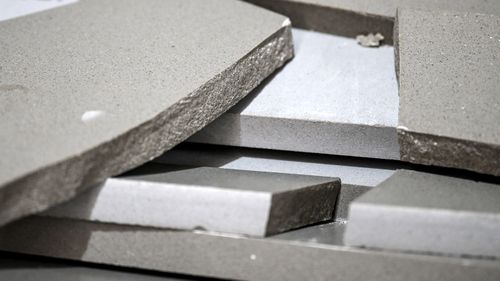
The housing crisis is one of the biggest issues facing Australia today, and on Monday a new effort to address it will officially begin.
But If met, the targets will facilitate a much-needed surge in housing supply, which should (theoretically) in turn get property prices and rents under control.

